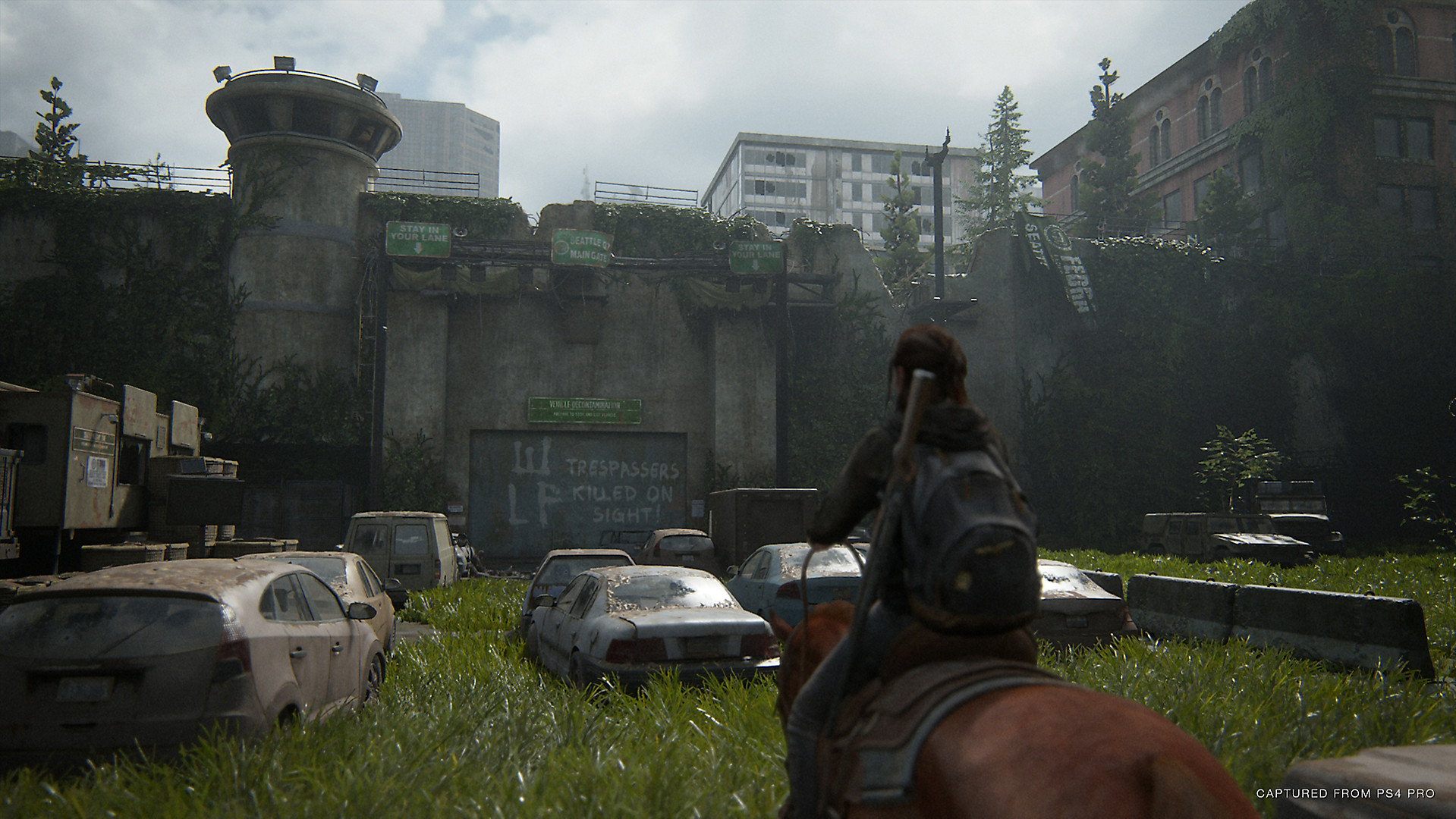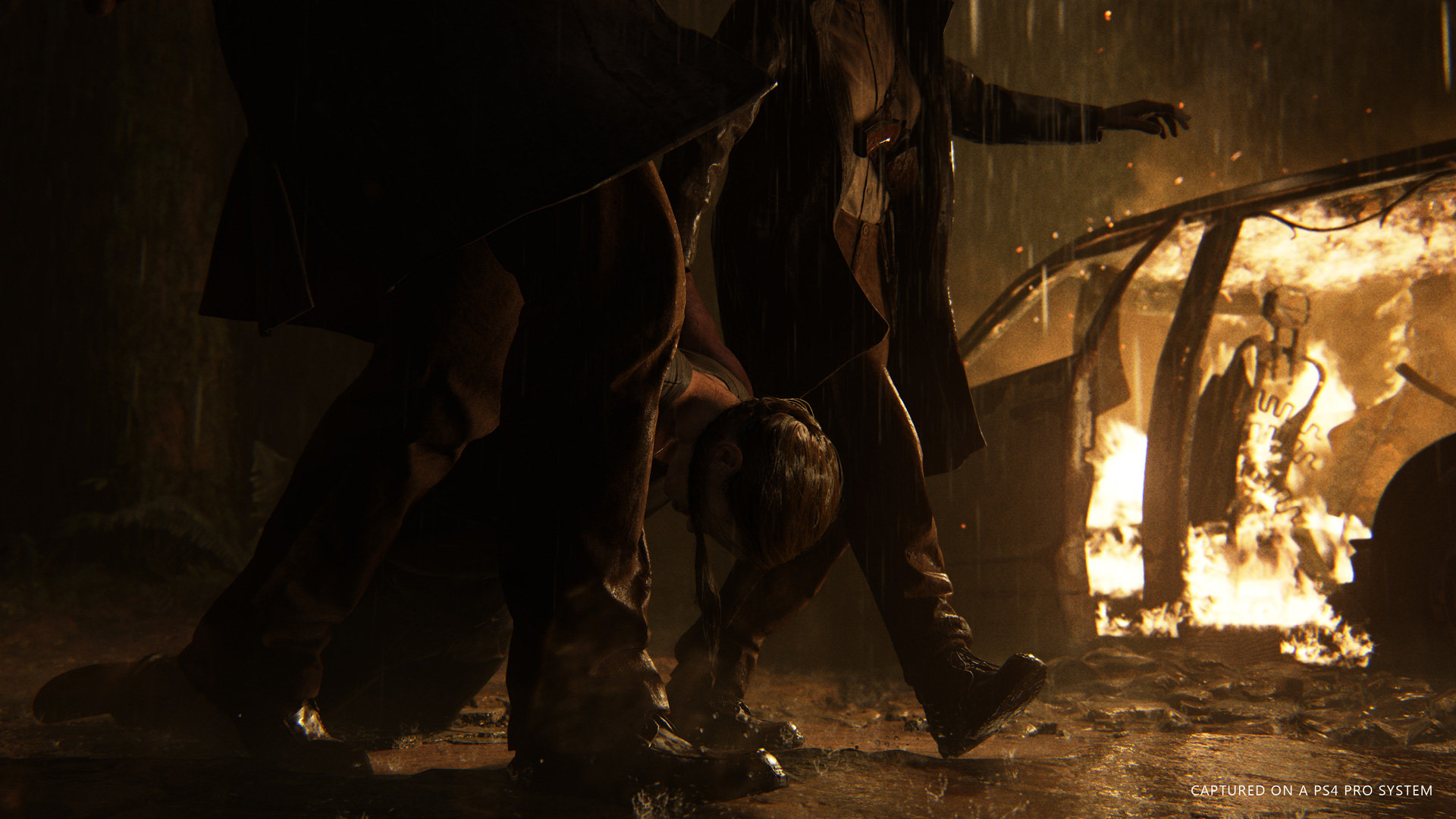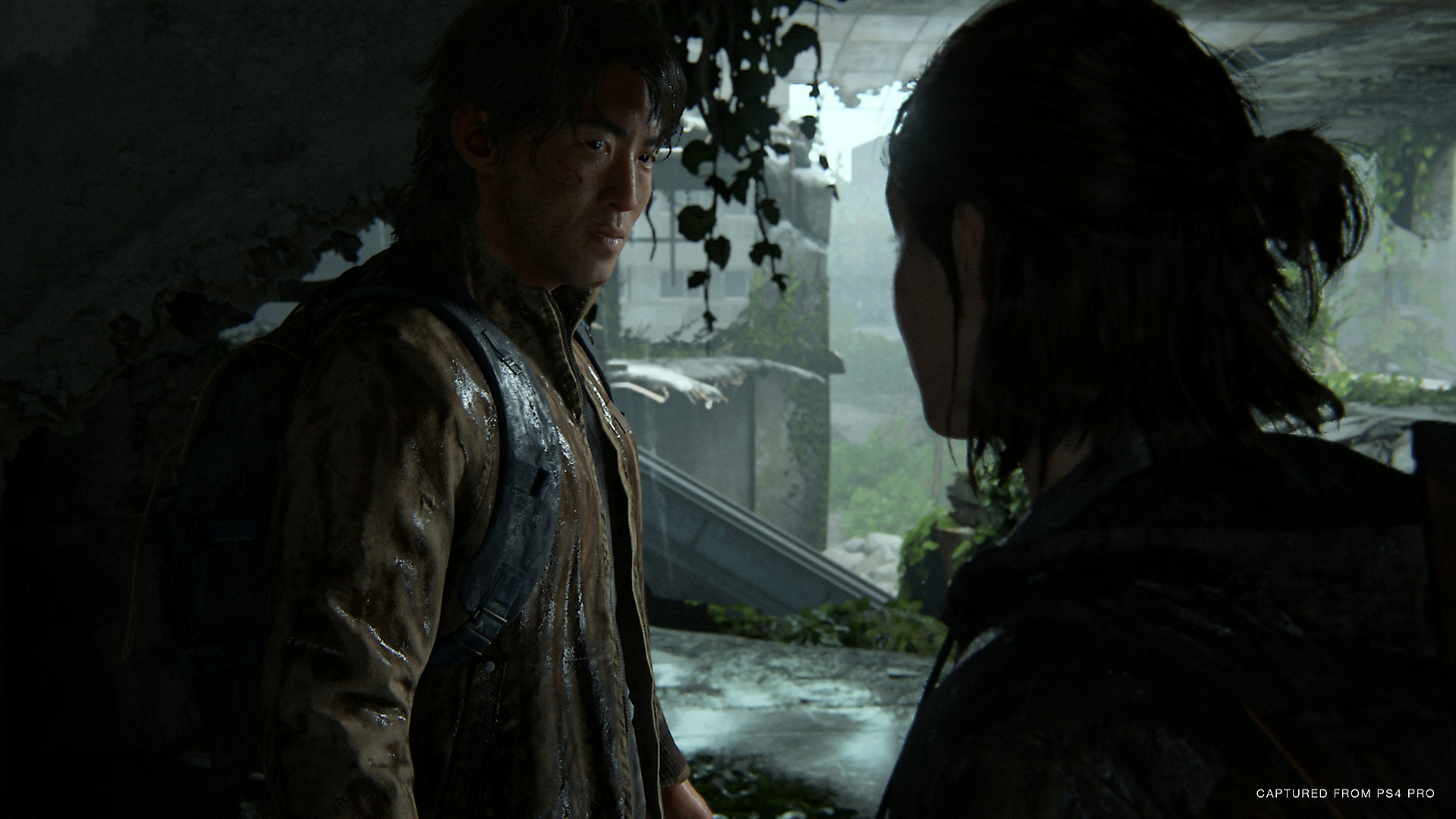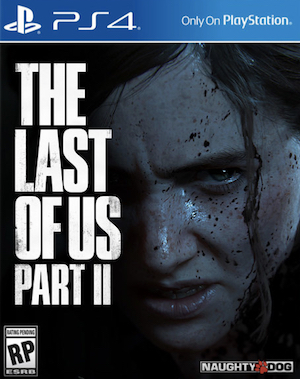
For a little over a decade now, Naughty Dog have positioned themselves as one of the best storytelling studios in this industry. 2013’s The Last of Us was the game that really cemented that notion, and now, with The Last of Us Part 2, they have done something – yet again – that begets hours upon hours of discussion. Their newest game is a bold, controversial one, but as we pointed out in our review, it’s also unlike anything else, and is, all in all, an unabashed masterpiece.
But here, in this feature, our conversation is going to be focused much more on a single aspect of the game- its narrative, and the way it tells its story. We will be talking about some of the things that we loved most in The Last of Us Part 2’s story, while also talking about some of the things that we thought were less than great. So without further ado, let’s begin.
WARNING: This feature contains full spoilers for The Last of Us Part 2. If you haven’t finished the game, turn back now.
LOVED- COMMITMENT TO THEMES
Just as The Last of Us was completely committed to its starring duo of Joel and Ellie and did everything that it did in service to advancing their characters and the growing relationship of the two, so, too, is The Last of Us Part 2 committed just as thoroughly to something else- its central themes. The Last of Us Part 2 is a game about anger, about grief, about how those things can completely skew a person’s perception of what’s acceptable and what isn’t, and about how (or if) that person can come to terms with that. And the game never forgets it.
It doesn’t worry about what dark places it has to head to, it doesn’t worry about forcing in levity just for the sake of it, it doesn’t worry about what terrible things those themes might end up meaning for the main characters- its story knows that the only way it can convincingly say what it wants to say about those themes is by going all-in on them.
For instance, only Joel’s death could have driven Ellie to her vicious, vengeful actions throughout the game, and only a death as humiliating as the one he got would have traumatized her, and traumatized her so bad. And once Ellie set off on her mission, The Last of Us Part 2 did not flinch away from showing us how single-minded and obsessive she had become, how addicted she was to the idea of vengeance, no matter the cost.
LOVED- COMPLEXITY
The Last of Us Part 2 convincingly portrayed the moral ambiguity of Ellie’s quest for vengeance in more ways than one- and one of the mot effective ways it did that was by putting players in the shoes of the person she wanted to kill for essentially half the game. The decision to have players lay as Abby, the on who killed Joel, has certainly been a controversial one, but it’s one that pays off in spades.
In the first few hours of the game, you feel Ellie’s anger, you (mostly) stand by her as she relentlessly cuts through the WLF to get to Abby- you want to see Abby dead. But then the game flips the script, and tells you Abby’s side of the story. Seeing the life she lives, the community the WLF have built up, the struggles she and her friends go through, the bonds she has formed with her many friends- it all humanizes her character a great deal.
Most importantly, learning about Abby’s past as a Firefly, and discovering that she was the daughter of the surgeon Joel killed at the end of the first game adds so much weight to why she did what she did. The Last of Us was an expert at making its players wonder whether the protagonists were actually the good guys, and The Last of Us Part 2 doubles down on that question brilliantly.
There are so many parts in the game that show how well it makes players empathize with both sides, such as Manny and Abby going up against Tommy, or the fact that Nora’s death at Ellie’s hands becomes so much more effective in retrospect once we have seen more of her character through Abby’s perspective- and those are just two of many, many examples.
DID NOT LOVE- LOSING FOCUS
There was a lot to love about Abby’s half of the game, and we’ve discussed much of it, but that half is also the one where The Last of Us Part 2 does stumble a little bit. Mostly that happens because towards the end of Abby’s section, the game sort of loses focus. For the vast majority of the game, Ellie and Abby and their intertwined stories are what The Last of Us Part 2 is completely focused on, but for a good 3-4 hour chunk towards the end of Abby’s section, the story loses sight of that.
That mostly happens because of the renewed focus on the conflict between the WLF and the Seraphites. That conflict is, of course, something that the game constantly hints at, but the more the game emphasizes it, the more it moves away from the things that are more important to its story. Abby’s trip to the island with Yara to rescue Lev leads to some solid character development for the main players involved, but it ends up feeling like a side quest. The climactic, operatic war between the WLF and the Seraphites feels suitably epic, but it doesn’t add that much to the story. The fact that all of it keeps the player away from the tense cliffhanger ending of Ellie’s section makes it all feel that much more needless.
Abby’s section going a little more differently may have solved some of the problems. For instance, after her harrowing quest through the hospital, she could have chanced upon the dying Nora. Nora could have told her that Ellie is off to the aquarium. Abby then could have headed to the aquarium to find Owen and Mel dead, thus cutting out a 3-4 hours, and in the process, tightening the story and improving the pacing.
LOVED- WORLD-BUILDING
On paper, the world of The Last of Us is one we’ve seen countless times in fiction- a post-apocalyptic world ravaged by a zombie pandemic (or zombie adjacent, at the very least), which has now led to savages and bandits taking control of what little is left of civilization. But though the premise is by no means original, The Last of Us Part 2 – just like its predecessor – makes that setting work because of how excellently it executes it.
In fact, The Last of Us Part 2’s world-building deserves a lot of praise. Now that it no longer has to set up the aforementioned on-paper generic setting, what with the first game already having done that, The Last of Us Part 2 begins telling its own original stories much more confidently. And it does that so well, and in so many ways. The environmental storytelling here, for instance, is top notch. Every single location, every single room you visit immediately tells its own story, to the point where you probably have a rough idea of what may have gone down here years ago just by looking around. What’s even better is that it marries those environments to the mechanics so well, utilizing them not only for exploration and scavenging, but also stealth and combat.
Throughout the game, you uncover more and more about the history of post-pandemic Seattle, and by the end, you have a very, very clear picture of that troubled, rich history. The fact that most of that is done through indirect means deserves a lot of praise. In fact, our next point is focused on one of those indirect means…
LOVED- THE NOTES
The notes we found scattered throughout The Last of Us were great, but they were, to a great extent, hamstrung by something that we have already discussed. They were hamstrung by the fact that the burden of establishing the game’s post-apocalypse setting and lending more depth to it (though there were, of course, some standouts). As a result, as well-written as they were, many of them were about what you’d expect them to be- things going bad, people dealing with them, more often than not failing in depressing fashion, and then writing down their thoughts before dying.
In The Last of Us Part 2, that is no longer necessary. And with much more creative freedom and a greater chance to tell completely new and unique stories, the notes in this game really shine. For instance, the main story of The Last of Us Part 2 doesn’t really go into the conflict between the Wolves and FEDRA, long before the Seraphites even popped up- but by the time you’re halfway through the game, you have a very, very clear understanding of what went down, what the positions of both sides were, how Isaac ruthlessly led the coup, and the losses that both sides suffered across several violent conflicts.
Similarly, you learn so much about the Wolves and the Seraphites – or even individual unnamed characters, or otherwise innocuous rooms and corpses – through these excellently written notes. All of these notes may be entirely skippable, but trust us- don’t skip them. They add so much to the story.
DID NOT LOVE- UNDERUSED SERAPHITES
In spite of how well the game established the Seraphites and their unique way of life, in the grand scheme of things, they feel like a footnote in the game’s larger story. This actually goes hand-in-hand with what we said earlier about The Last of Us Part 2 losing focus towards the end of Abby’s half. The conflict between thee WLF and the Seraphites never felt like much more than a distraction.
Even when Abby was embroiled smack-dab in the middle of said conflict, the conflict itself was very much not the point. Abby just wanted to rescue Lev and get out. The fighting between the Wolves and the Seraphites itself was literally just in the background- it was just something that was happening regardless of your involvement. In fact, you involvement was to make it through the fighting unscathed and get far, far away from it with Lev in tow.
The Seraphites, then, felt very much like they were underused (in fact, for these very same reasons, so did the character of Isaac)- which is a real shame, because it would have been great to learn more about this group. Perhaps if they’d been a larger part of Abby’s story, if they had been something Abby actually cared about rather than something she had to avoid, they could have felt like a more integral part of the story.
LOVED- (POSSIBLY) SETTING UP A SEQUEL
Unlike its predecessor, The Last of Us Part 2 has quite a few narrative threads that can conceivably lead to a sequel. No, the game doesn’t end on a cliffhanger, and it’s a perfectly self-contained story, but even though it doesn’t scream for a sequel, it does pave the way for one much more blatantly than its predecessor did- and we love that.
The Last of Us Part 2 has, of course, created a world much larger in scope – and we’re not talking about size here – than the first game, so it makes sense that it will also open the door for new stories to be told. Characters such as Ellie, Tommy, Lev, and Abby are still alive, and may very well have large roles to play in future events. Most importantly, the Fireflies are back, and it’s very possible that a sequel might bring things full circle with a story revolving around them, Ellie, and her immunity.
What’s most commendable is that The Last of Us Part 2 sets all of this up without sacrificing its own story- it doesn’t need to end on a cliffhanger, it doesn’t leave any of its larger, more important narrative threads unresolved, and yet, it still leaves the door open for a sequel to conceivably come along and tie off this larger arc with a (possibly) concluding chapter.





















